|

HOME |
ABOUT | INDEX |
NEWS |
FACEBOOK |
CONTACT
PINKWASHING
Rainbow Capitalism | Queerbaiting | LGBTQ Marketing |
Queer Dollar
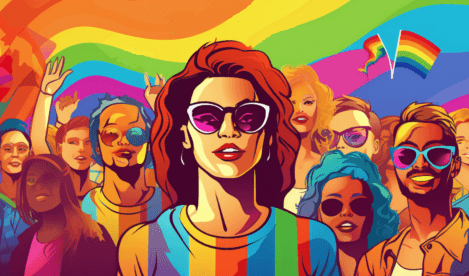
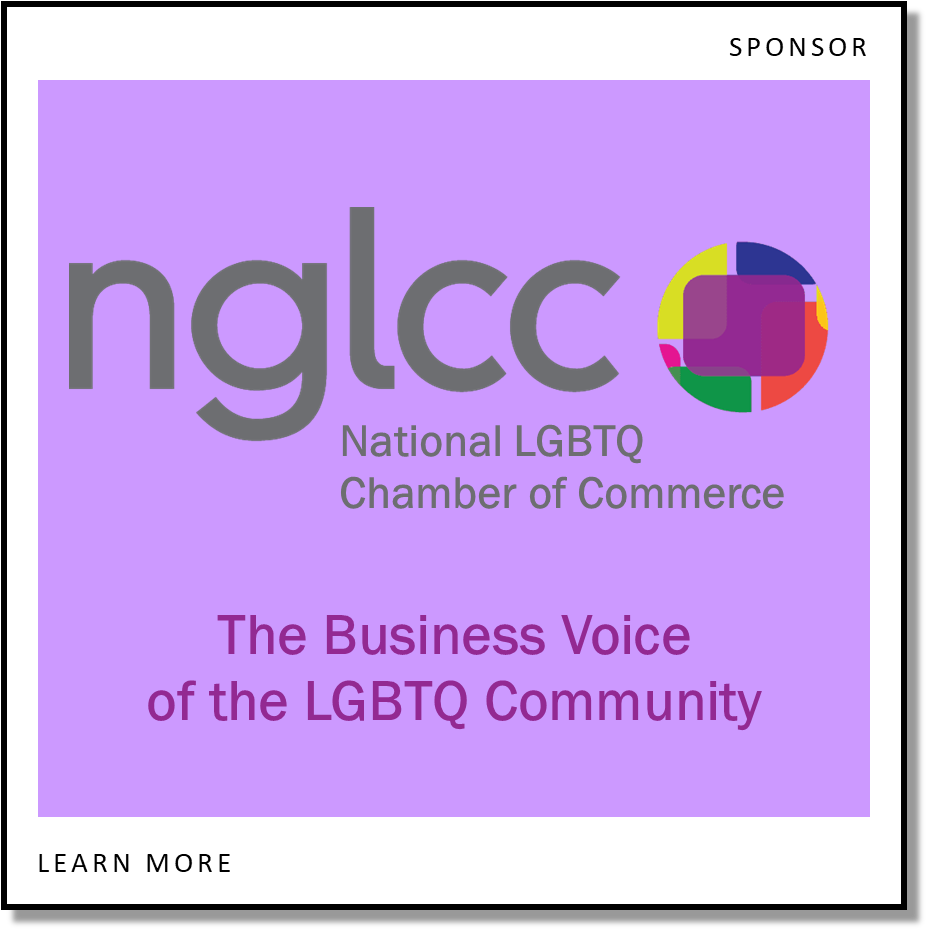
Career and the Workplace
Celebrating LGBTQ Pride
LGBTQ Business and Marketplace
Money and Financial
Gay
Friendly Businesses and Organizations
Diversity and Inclusivity

Defining Pinkwashing
“Just because a company slapped on a
rainbow doesn’t mean they support the
LGBTQ community.”
-Alexandra Ocasio-Cortez
“As a gay man that came out in the
‘90’s, to be honest, I have to say that
I’m in two minds about this show of
support. On one hand it’s amazing that
so many organizations are literally
showing their pride in pride and it’s
great that there is so much visibility.
However, I rather cynically question
whether many are tokenistically
searching for the pot of gold at the end
of the rainbow.”
-Ed Watson
Pickwashing
(or rainbow washing) is the the promotion of the
gay-friendliness of a corporate or
political entity in an attempt to
downplay or soften aspects of it
considered negative. It is a term used
to describe the action of using
gay-related issues in positive ways in
order to distract attention from
negative actions by an organization,
country or government. In the context of
LGBTQ rights, it is used to describe a
variety of marketing and political
strategies aimed at promoting products,
countries, people or entities through an
appeal to gay-friendliness, in order to
be perceived as progressive, modern and
tolerant.
The term "pinkwashing" as a questionable
marketing tactic was first applied to
the breast cancer awareness campaign.
In what seemed like an effort by every
corporation to get on the bandwagon,
everything from football helmets and
t-shirts to police badges and dump
trucks to billboards and oil rigs were
painted pink in a show of solidarity and
support for a good cause. Noble
intentions notwithstanding, the practice
encountered some criticism that
companies might have been trying to
exploit the breast cancer awareness
cause for their own economic gain.
When the same dubious strategies started
being used with regard to the LGBTQ
cause, the term "pinkwashing" was once
again used. To differentiate, some
observers and writers use the term
"rainbow washing" or "rainbow marketing"
or "rainbow capitalism."
Pinkwashing: Marketing the Rainbow
Power of the Queer Dollar
Experian: Marketing to LGBTQ Consumers
Corporate Sponsorship of Gay Pride Events on the Rise
Has LGBTQ Pride Gotten
Over Commercialized?
Rise of Pride Marketing
and the Curse of Pinkwashing
LGBTQ Marketing and Advertising
Rainbow Capitalism and
Pink Marketing
Corporations After Pride Month
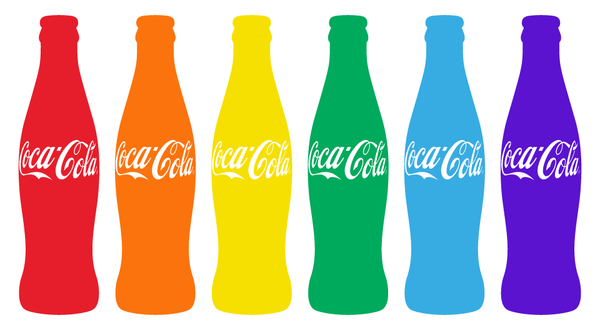
Examples
--A campaign to develop public support
for the Keystone Pipeline, which would
transport Canadian oil through the
United States, has been accused of
pinkwashing for its argument that the
project deserves support based on a
comparison of Canada's record on LGBTQ
rights compared to that of other
oil-producing nations. The campaign base
at OpecHatesgays.com headlines its
presentation: "Compare Canadian Ethical
Oil to OPEC conflict oil".
--In 2014, BP launched "LGBTQ Careers
Event", a move that was met with
criticism as an attempt to pinkwash the
conduct that led to Deepwater Horizon
oil spill, described as "the worst
environmental disaster America has ever
faced".
--In Australia, concern has been raised
about the commodification of gay rights
by major corporations.
--In 2019, several companies who had
previously claimed to support the LGBTQ
community (including Marriott
International, Delta Air Lines,
UnitedHealth Group, Morgan Stanley, and
Bank of America) were criticized for
their sponsorship of an event honoring
Brazilian President Jair Bolsonaro, who
self-identifies as "homophobic" and
"very proud of it". According to
NBC News, Bolsonaro was being honored
"for his prioritizing of Christian
values and family." Some sponsors
withdrew after criticism, including Bain
& Co., the Financial Times, and Delta.
Businesses That Stand Up for LGBTQ Customers
Logo: Top 25 LGBTQ Friendly Companies
Companies That Do Not Support LGBTQ Rights
Companies Should Champion LGBTQ Inclusion All Year Round
Info: LGBTQ Friendly Companies and Organizations
How to Avoid Pinkwashing
Nielson: State of the LGBTQ Consumer
Marketing
the Rainbow
Why LGBTQ Inclusive
Advertising is Important
Has LGBTQ Pride Gotten
Over Commercialized?
Rise of Pride Marketing
and the Curse of Pinkwashing
Target: LGBTQ Pride
Merchandise
Info: Business and the LGBTQ Marketplace
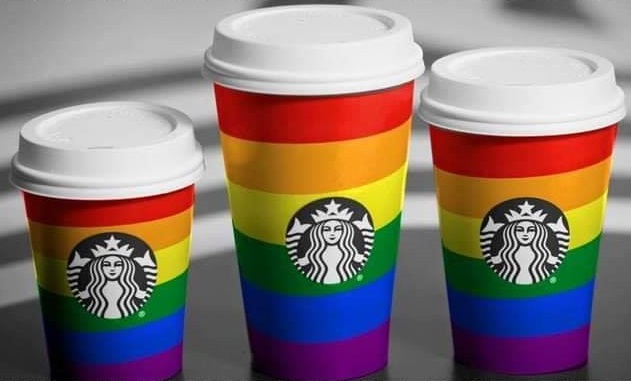
Pinkwashing: What Does it Mean?
One thing that must be understood is
that, on the whole, the LGBTQ community
is far more cognizant of various social
and political issues than the average
population. This is on account not of
any inherent intellectualism or
erudition, but is rather the result of
their own position; simply by being
openly who they are, in the eyes of
society, LGBTQ people are in and of
themselves social and political
statements. The majority of LGBTQ people
are people who are often disempowered in
other ways, whether by sex, race or
class, and to many it is critical to
understand the ways in which these
various oppressions intersect and
co-mingle. Therefore, when a group, a
company, or a government attempt to
appeal to the LGBTQ community, despite
having committed other wrongs in other
fields, it is often seen as an attempt
to use the LGBTQ community to wash away
previous wrongdoings.
This phenomenon, by and large introduced
to the public by a New York Times
article on Israel’s use of it, is called
Pinkwashing. For while there is nothing
wrong with appealing to the LGBTQ
community or emphasizing inclusivity in
business, using LGBTQ-specific issues to
downplay otherwise negative aspects of
one’s business is never a winning
strategy.
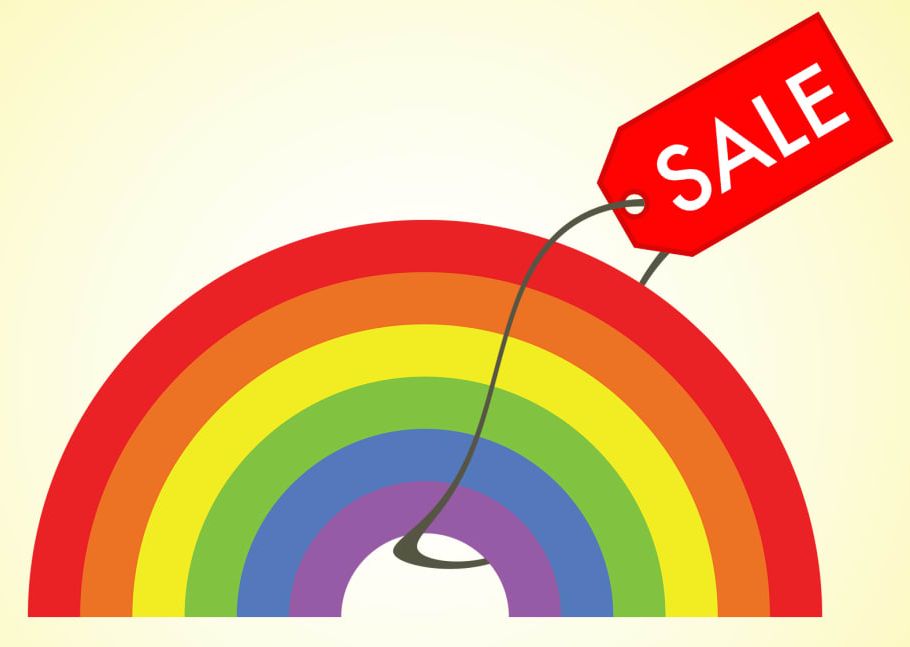
Marketing the Rainbow: Target Case Study
Pinkwashing: Marketing the Rainbow
Rainbow Capitalism and
Pink Marketing
Marketing the Rainbow
Forbes: Proud of Pride vs.
Rainbow Washing
Companies That Support LGBTQ Rights
Queer Pride and Rainbow
Capitalism
Origins of
Pinkwashing?
Let’s look at the infamous Israeli
example. Brand Israel, the government
sponsored marketing group, attempting to
reach out to international tourists and
audiences, uses LGBTQ rights as an
indicator of modernity, as a reason that
they should be supported and valued over
their “homophobic” neighboring
countries. This is a political strategy
that has also been replicated by the
far-right in Europe and elsewhere, who
position immigrants from other countries
as being inherently homophobic and
inimical to LGBTQ rights. Besides being
racist, these sweeping generalizations
ignore the fact that the LGBTQ community
does not only exist in so called
“enlightened” places, but exists in all
countries, within all communities. To
insist that Muslim immigrants and
countries are all homophobic, for
example, is a blanket statement that
simultaneously paints the entire faith
with a single brush and erases the
existence of countless LGBTQ Muslims
throughout the world.
Some of these issues may seem someone
distant to those of us in America, who
are as affected by the political and
economic currents previously described.
But pinkwashing is still a significant
reality, especially among businesses who
tend to view the LGBTQ community as a
bunch of walking dollar bills.
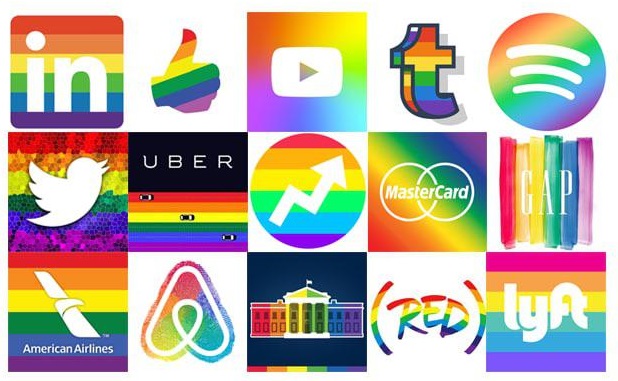
Rise of Pride Marketing
and the Curse of Pinkwashing
How Businesses Are Standing Up for LGBTQ Rights
Companies That Do Not Support LGBTQ Rights
Target: LGBTQ Pride
Merchandise
Info: Business and the LGBTQ Marketplace
Nielson: State of the LGBTQ Consumer
Logo: Top 25 LGBTQ Friendly Companies
What constitutes Pinkwashing?
Defining what is and what isn’t
pinkwashing can be difficult. On one
hand, it’s no good for companies to use
LGBTQ issues as a smokescreen for other
realities, but on the other, emphasizing
inclusivity and equality is never a bad
thing! But when the LGBTQ community
becomes a shield, so to speak, for a
company to continue engaging in more
nefarious practices, pinkwashing occurs.
How can a company avoid Pinkwashing?
At the core of the pinkwashing
phenomenon is something all
LGBTQ-friendly companies must recognize:
dishonesty. When people feel as if they,
their lives and the issues important to
them, are being exploited as a quick
means to get a buck, they’ll feel used,
unvalued, expendable. This is especially
salient when the LGBTQ community is not
only exploited, but used as a means of
smokescreening other important issues.
To avoid being accused of pinkwashing,
just use a simple strategy; don’t
pinkwash. Pursue equality, transparency,
and accountability in your business
practices, and remember that injustices
done to any group or community aren’t
something the LGBTQ community is like to
soon forget. Support for the LGBTQ
community is not conditional, and nobody
is obligated to patronize a business
that doesn’t seem or feel trustworthy.
Openness and fairness are the easiest
ways to ensure a better business
solution for all!
[Source: Patrick Carland]
Corporate Sponsorship of Gay Pride Events on the Rise
Forbes: Proud of Pride vs.
Rainbow Washing
Companies That Support LGBTQ Rights
Queer Pride and Rainbow
Capitalism
Companies Should Champion LGBTQ Inclusion All Year Round
Why LGBTQ Inclusive
Advertising is Important
Has LGBTQ Pride Gotten
Over Commercialized?
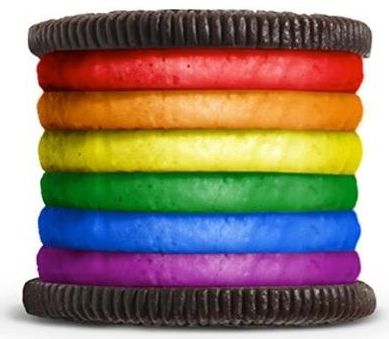
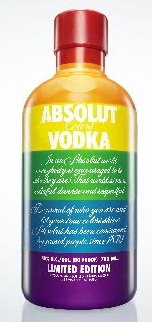
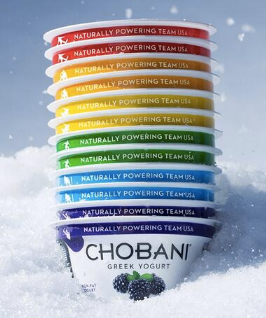
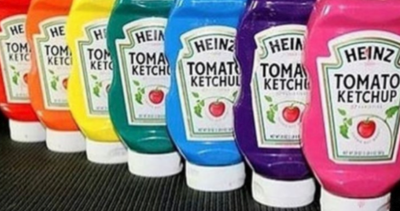
Pride Marketing
and Pinkwashing
Each year, as gay pride season comes to a close, here
are some questions: Have you withdrawn money from a
multi-colored gay ATM this summer? Have you poured vodka
from a rainbow-colored bottle? Have you eaten a Burger
King Pride Whopper in a rainbow wrapper? And if you
have, are you aware that it might just be the latest
stage in an awkward history of corporate “pink washing”?
Celebrating LGBTQ rights is a fashionable topic in
marketing land. Long gone are the days where marketers
may have only coyly targeted the LGBTQ community. In
today’s marketing, at least for some, even queer
products for a straight audience have become mainstream
– used to sell anything from fast food to credit cards,
clothing to eReaders – but it’s not clear whether this
is a real “win win” for the market and the LGBTQ
community.
It remains notoriously difficult to define who makes up
the “LGBTQ community”, and particularly what identifying
as LGBTQ means in terms of lifestyle, political goals
and choice of partners or a mix of all of the above. It
is, nevertheless, fairly simple to establish that the
relationship between the “community” and “mainstream
marketers” has not always been an easy one.
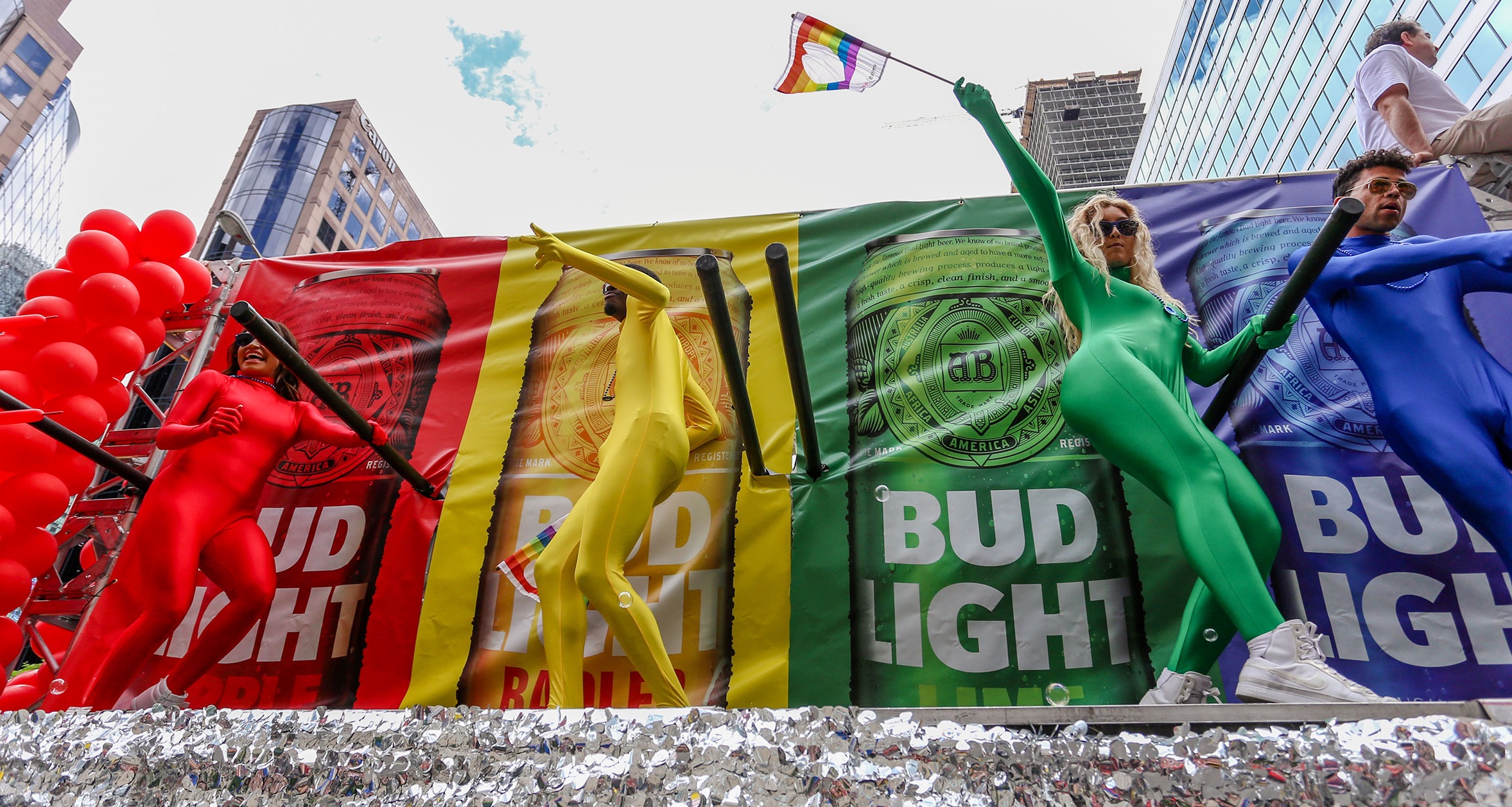
How Businesses Are Standing Up for LGBTQ Rights
Forbes: Proud of Pride vs.
Rainbow Washing
Why LGBTQ Inclusive
Advertising is Important
Info: Business and the LGBTQ Marketplace
Companies That Support LGBTQ Rights
Target: LGBTQ Pride
Merchandise
Pinkwashing: Marketing the Rainbow
Power of the Queer Dollar
Rainbow Capitalism and
Pink Marketing
Experian: Marketing to LGBTQ Consumers
Marketing the Rainbow
Info: LGBTQ Friendly Companies and Organizations
Nielson: LGBTQ Consumer Report
Rise of the pink dollar
Although
the world’s first gay magazine, Der Eigene, was
published in Germany in 1892, it wasn’t until the late
1950s and beyond that more prominent gay media began to
emerge as laws outlawing homosexual activities were
softened. However, in the early days, advertising in
LGBTQ media was largely restricted to LGBTQ
organizations, and LGBTQ-owned businesses directly
targeting the community.
Political analysis, without partisanship
Maybe because of the political (and sometimes sexual
nature) of many publications, major advertisers were
cautious to advertise in the gay press. Even widely
discussed (and criticized) survey data kick started a
narrative of the “pink dollar” and an affluent and
untapped marketing demographic failed to spark a rush.
The emergence of AIDS in the 1980s helped to rein in
commercial attitudes towards the LGBTQ community and it
wasn’t until the second half of the decade that the
first few mainstream brands (Absolut Vodka’s campaign in
The Advocate, for example) started cautiously appearing
in gay magazines alongside the community organizations
and businesses.
It was the 1990s which saw a genuine turnaround.
Advertisers openly hailed the “Dream Market” of urban,
well-educated, double-income gay and lesbian couples.
Yet, there was still a palpable fear of broader public
attitudes towards LGBTQ issues, with few advertisers
trying to openly depict LGBTQ storylines in their
advertising directed at mainstream customers.
Instead, advertisers relied on targeting
LGBTQ-identifying individuals through increasingly
sophisticated media channels aimed at the community,
such as radio stations, television channels, and an
increasing variety of glossy lifestyle magazines, each
one educating their gay audiences where to spend their,
supposedly, high disposable income in terms of fashion,
travel, art and fine cuisine.
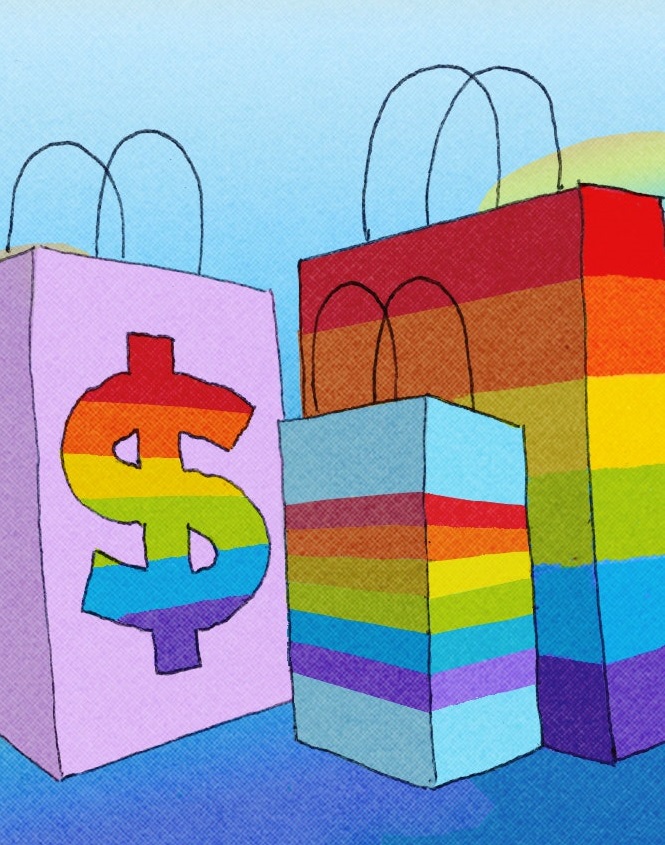
How Businesses Are Standing Up for LGBTQ Rights
Nielson: LGBTQ Consumer Report
Marketing the Rainbow: Target Case Study
Info: Business and the LGBTQ Marketplace
Marketing Strategy: Waving
the Rainbow Flag
Companies That Support LGBTQ Rights
Target: LGBTQ Pride
Merchandise
Businesses That Stand Up for LGBTQ Customers
Logo: Top 25 LGBTQ Friendly Companies
Companies That Do Not Support LGBTQ Rights
Info: LGBTQ Friendly Companies and Organizations
Nielson: State of the LGBTQ Consumer
It’s complicated
Not everyone welcomed the newly found love affair
between big business and small community, and the effect
of “selling out” the LGBTQ political agenda. From the
start, there have been concerns about the portrayals of
LGBTQ individuals in marketing. For instance, research
by Katherine Sender has highlighted the fact that
marketers continue to avoid targeting or portraying
lesbians. While Ellen and The L Word have somewhat
softened the stereotype, Sender found that many
advertisers still see lesbians as “neither fish nor
fowl”. Other forms of sexual identities, including
bisexuality and transsexual identities are virtually
absent from any form of commercial representation.
Scholars have also warned that increased LGBTQ
visibility compromises the original social justice
agenda of the LGBTQ movement. In Alexandra Chasin’s
research, “going to the market” means abandoning the
effort to challenge inequalities in society. Instead
there is an acceptance of normalization and
depoliticization as a consequence of greater economic
relevance – at least for those select few that have been
chosen as targets for advertisers.
There is certainly ample evidence of “normalizing”
depictions of LGBTQ identities by mainstream advertisers
when depicting LGBTQ lifestyles – something that
scholars refer to as “homonormativity”. It is a concept
complementary to heteronormativity, the assumption that
all individuals fall into two complementary categories
as males and females and that they behave in accordance
with their gendered “norms”.
Homonormativity is the assimilation of these norms into
the LGBTQ culture and identity: in other words, it is
the assumption that gay couples are just like every one
else. As Lisa Duggan has pointed out: "Homonormativity
does not contest dominant heteronormative assumptions
and institutions, but upholds and sustains them, while
promising the possibility of a demobilized gay
constituency and a privatized, depoliticized gay culture
anchored in domesticity and consumption."
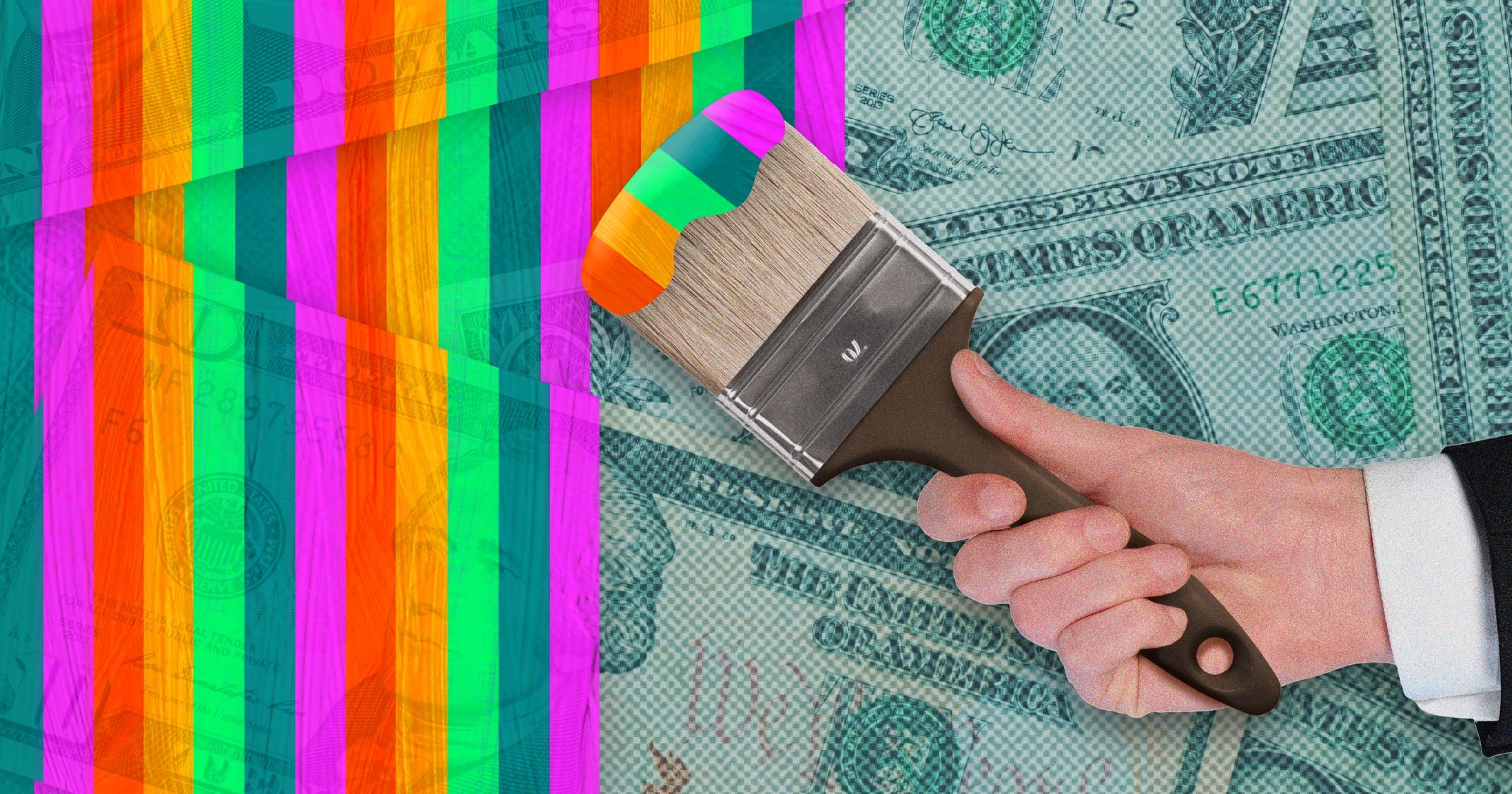
Power of the Queer Dollar
Rainbow Capitalism and
Pink Marketing
Forbes: Proud of Pride vs.
Rainbow Washing
Corporate Sponsorship of Gay Pride Events on the Rise
Has LGBTQ Pride Gotten
Over Commercialized?
Info: LGBTQ Friendly Companies and Organizations
Marketing the Rainbow
Why LGBTQ Inclusive
Advertising is Important
Queer Pride and Rainbow
Capitalism
Businesses That Stand Up for LGBTQ Customers
Becoming bolder
Following successes by targeting the LGBTQ market
directly, some marketers also made bold steps out of the
ghetto – and started to use gay themes in advertising
targeted mostly at a non-gay audience. A first came in
1994. Playing on the stereotype of the worldly, urban
gay male couple, equipped with a superior sense of style
and fashion, IKEA showcased a same-sex couple choosing
furniture at the store. The advert was widely celebrated
by gay groups, with only fringe voices raising concerns
about the stereotypical depiction of the gay characters.
Other organizations followed: controversially, in 2005,
Israel started to promote itself as a gay-friendly
tourist destination. The campaign was designed to
portray Israel as a progressive country – against a
backdrop of violence and regressive policies of other
governments in the region. The campaign was widely
criticized as “pinkwashing”, with critics arguing the
campaign was intended to offer up a “relevant and
modern” alternative to the controversy and anger over
the treatment of Palestinians.
Open LGBTQ depictions in mainstream marketing were still
relatively exceptional, until recently. Taking a lead
from the popularity of “LGBT inclusive” television
programs such as Queer Eye for the Straight Guy, big
marketers have come out of the closet: From Amazon to JC
Penney in the US (not to forget Barclays Bank in the UK)
all have seemingly thrown their corporate weight behind
the LGBTQ movement.
Pinkwashing: Marketing the Rainbow
Power of the Queer Dollar
Experian: Marketing to LGBTQ Consumers
Corporate Sponsorship of Gay Pride Events on the Rise
Has LGBTQ Pride Gotten
Over Commercialized?
Rise of Pride Marketing
and the Curse of Pinkwashing
LGBTQ Marketing and Advertising
Rainbow Capitalism and
Pink Marketing
Corporations After Pride Month
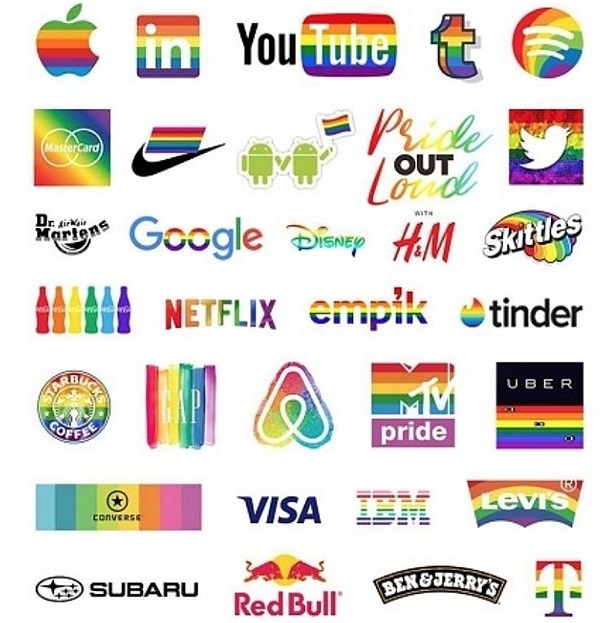
However, just as was the case with Israel, you can’t
shake the feeling that these companies are glad for the
distraction from their own controversies. Barclays has
been the most complained about bank in the UK for a few
years running now. JC Penney’s same-sex mothers and
fathers advertising came just after the company
announced large-scale redundancies. And Amazon faces a
host of criticism ranging from poor working conditions
and tax avoidance to treatment of smaller publishers.
Their association with the LGBTQ equality message might
genuinely reflect a desire to distance themselves from
past controversies – and to become more inclusive and
open. But the suspicion will be that they are indulging
in a bit of low-cost “pink washing” to soften the edges
of some spiky reputational damage. Companies need to do
more than just depict a gay guy, or a lesbian couple, or
adorn their products with the rainbow flag – especially
when faced with increasingly knowledgeable, and cynical,
consumers who hopefully can see through a touch of pink
sparkle.
[Source: Joel Abrams, Manager of Outreach, The
Conversation, 2014]
How Businesses Are Standing Up for LGBTQ Rights
Nielson: LGBTQ Consumer Report
Marketing the Rainbow: Target Case Study
Info: Business and the LGBTQ Marketplace
Marketing Strategy: Waving
the Rainbow Flag
Companies That Support LGBTQ Rights
Target: LGBTQ Pride
Merchandise
Businesses That Stand Up for LGBTQ Customers
Logo: Top 25 LGBTQ Friendly Companies
Companies That Do Not Support LGBTQ Rights
Info: LGBTQ Friendly Companies and Organizations
Nielson: State of the LGBTQ Consumer
Queerbaiting
Like "pinkwashing,"
the practice of "queerbaiting" is an exploitive tactic.
Queerbaiting is a marketing technique for fiction and
entertainment in which creators hint at, but then do not
actually depict, same-sex romance or other LGBTQ
representation. They do so to attract ("bait") a queer
or straight ally audience with the suggestion of
relationships or characters that appeal to them, while
at the same time attempting to avoid alienating other
consumers.
Queerbaiting has often been observed in popular fiction
such as films and television series, but also has been
observed among celebrities who convey an ambiguous
sexual identity through their works and statements. It
arose in and has been popularized through discussions in
Internet fandom since the early 2010s.
Queer fans have reacted with concern and anger to an
identity they consider defining being used as a mere
marketing ploy, a plaything for creatives, a mark of
"edginess", or a commodity.
Fans have derided, for instance, queer characters being
used as plot devices rather than as characters for their
own sake. For instance, Glee, a series with many queer
series regulars, was criticized by fans for presenting
"superficial stereotypes of queerness for dramatic
effect".
Queer fans consider queerbaiting as "a way to throw us a
bone when we normally wouldn't have anything, to
acknowledge that we're there in the audience when the
powers that be would prefer to ignore us". Emmet
Scout wrote that "queerbaiting works on its audience
because it offers the suggestion that queer people do
have a vital place in these stories, that they might
even be the defining figures, the heroes. The
suggestion—but not the reality." Rose Bridges
summarized the practice's effect on queer fans as
receiving "just enough representation to keep us
interested, but not enough to satisfy us and make us
truly represented."
Power of the Queer Dollar
Rainbow Capitalism and
Pink Marketing
Companies Should Champion LGBTQ Inclusion All Year Round
Forbes: Proud of Pride vs.
Rainbow Washing
Corporate Sponsorship of Gay Pride Events on the Rise
Has LGBTQ Pride Gotten
Over Commercialized?
Info: LGBTQ Friendly Companies and Organizations
Marketing the Rainbow
Why LGBTQ Inclusive
Advertising is Important
Queer Pride and Rainbow
Capitalism
Businesses That Stand Up for LGBTQ Customers
LGBTQ Marketing and Advertising
Rise of Pride Marketing
and the Curse of Pinkwashing
Logo: Top 25 LGBTQ Friendly Companies
How to Avoid Pinkwashing
Corporations After Pride Month
HOME
QUEER CAFE
│ LGBTQ Information Network │ Established 2017 |